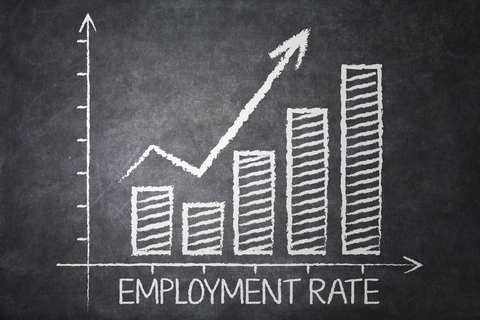January 9, 2018
After a deep recession in which we lost approximately eight million jobs, America’s economy has been quite consistent with regard to the creation of jobs during the past several years. For example, during the period of 2013
to 2017, just over 10 million jobs were created. That comes to just over 200,000 jobs per month. Though the numbers are still preliminary, the December jobs report indicates that we have added 2.1 million jobs in 2017,
which is slightly below, but very close to what we have created in the past four years.
This is why our country’s unemployment rate has fallen from 10% to December’s reading of 4.1%, a number most economists consider close to full employment. This is quite a dramatic drop, and the next question is — where
do we go from here? Does full employment mean that we can’t improve? There are two numbers which indicate that there is still room for improvement. The labor participation rate of 62.7% is close to long-term lows and attracting
the long-term unemployed back into the economy is still an important goal.
We can also improve upon the types of jobs created. Wage growth of only 2.5% over the past year tells us that we are not creating enough high-paying jobs. Thus, we have come a very long-way. The economy is in much better
shape than it was during our recession of a decade ago. But there is still room to add more jobs and better paying jobs — without the economy being beset by inflation. Inflation is a concern because with inflation comes
higher interest rates and low rates have buoyed our recovery.
Source: Origination Pro

